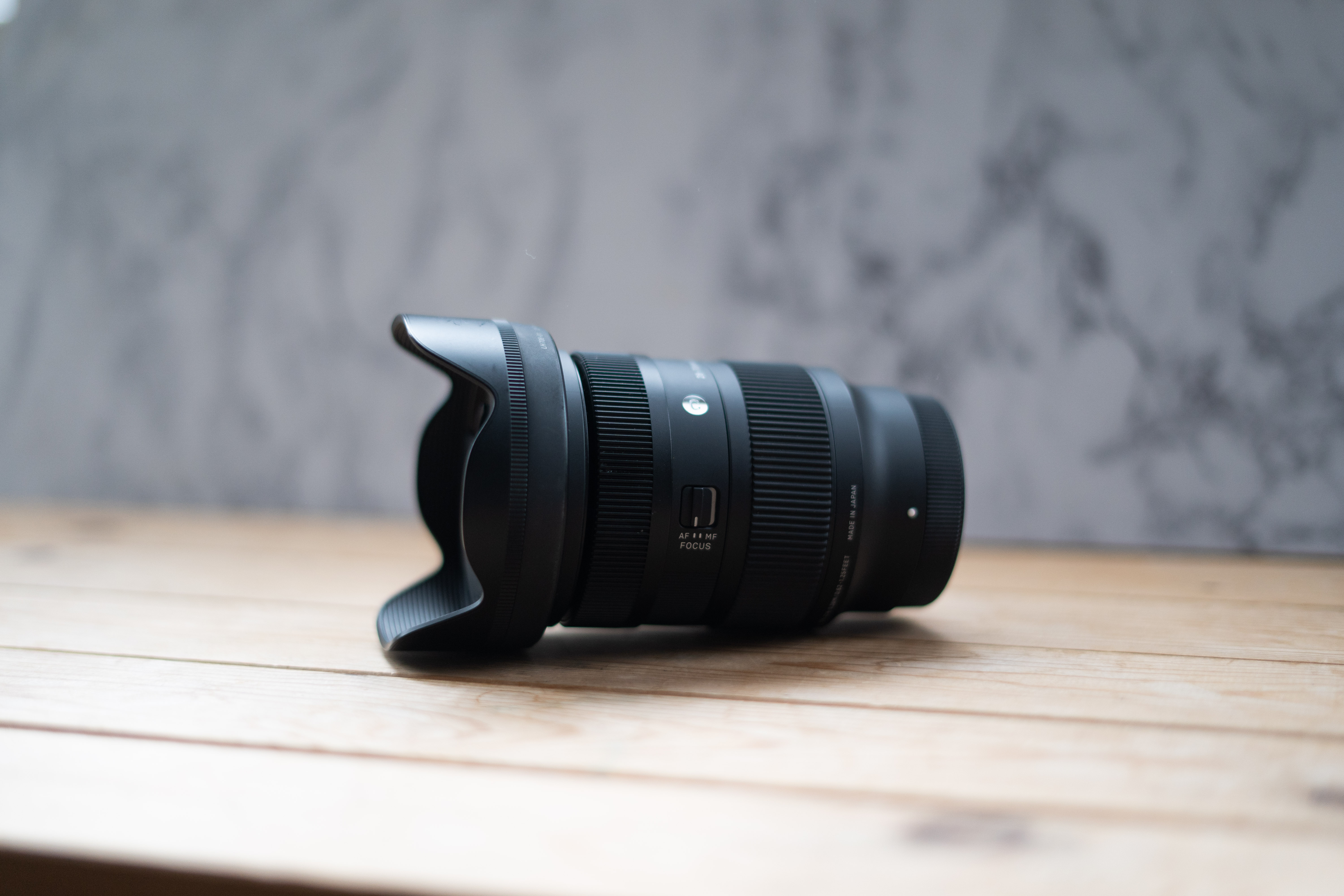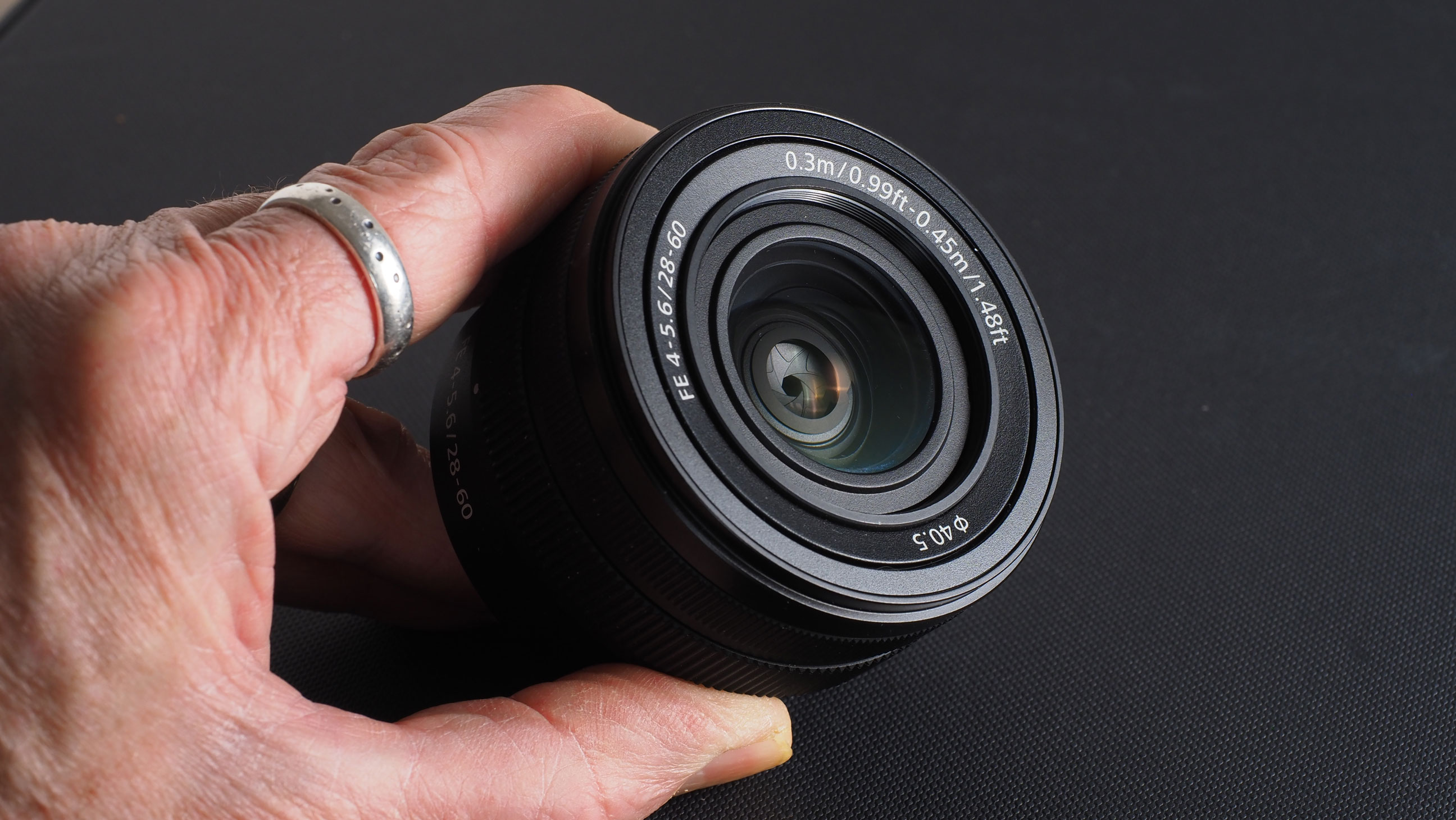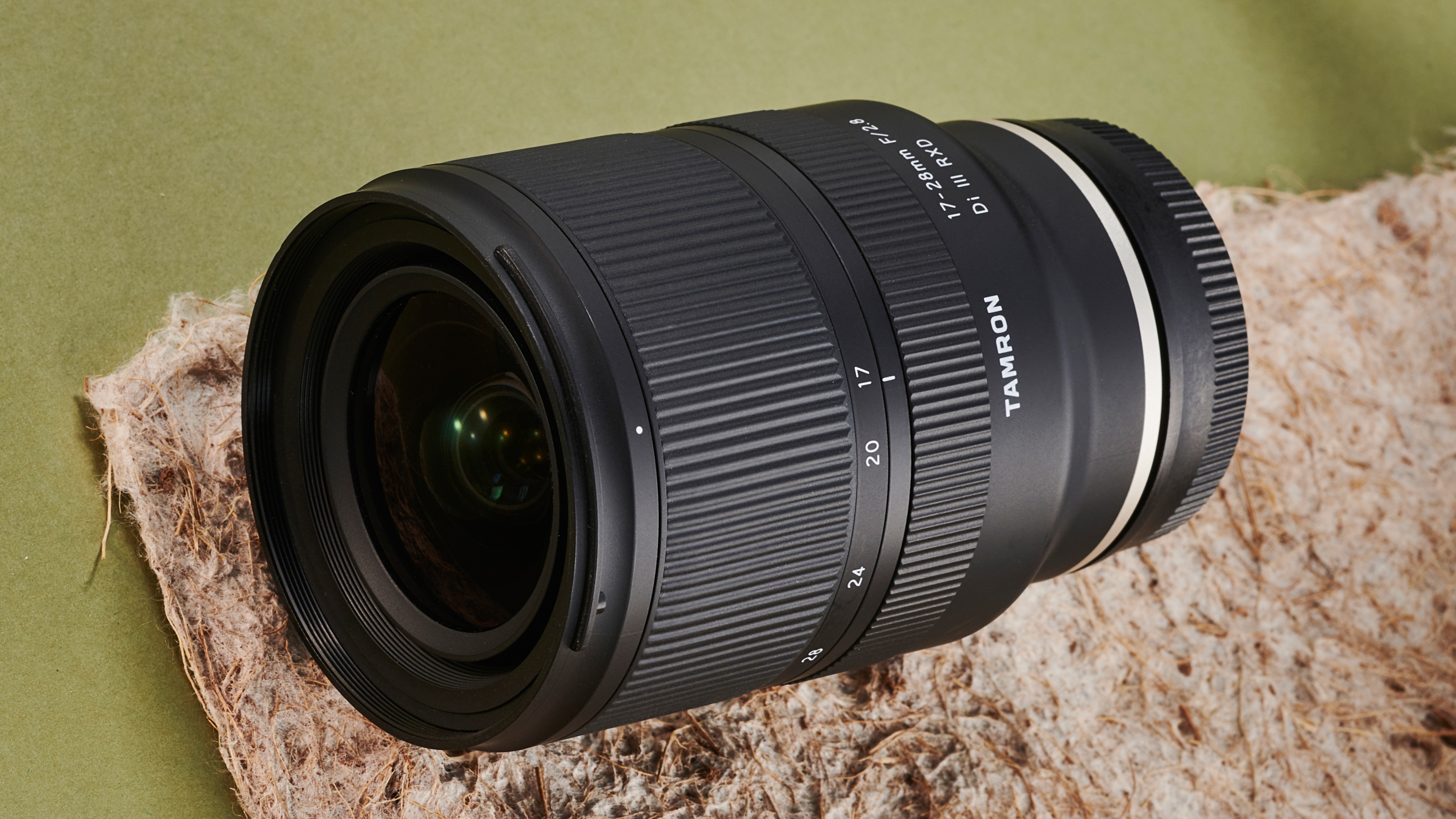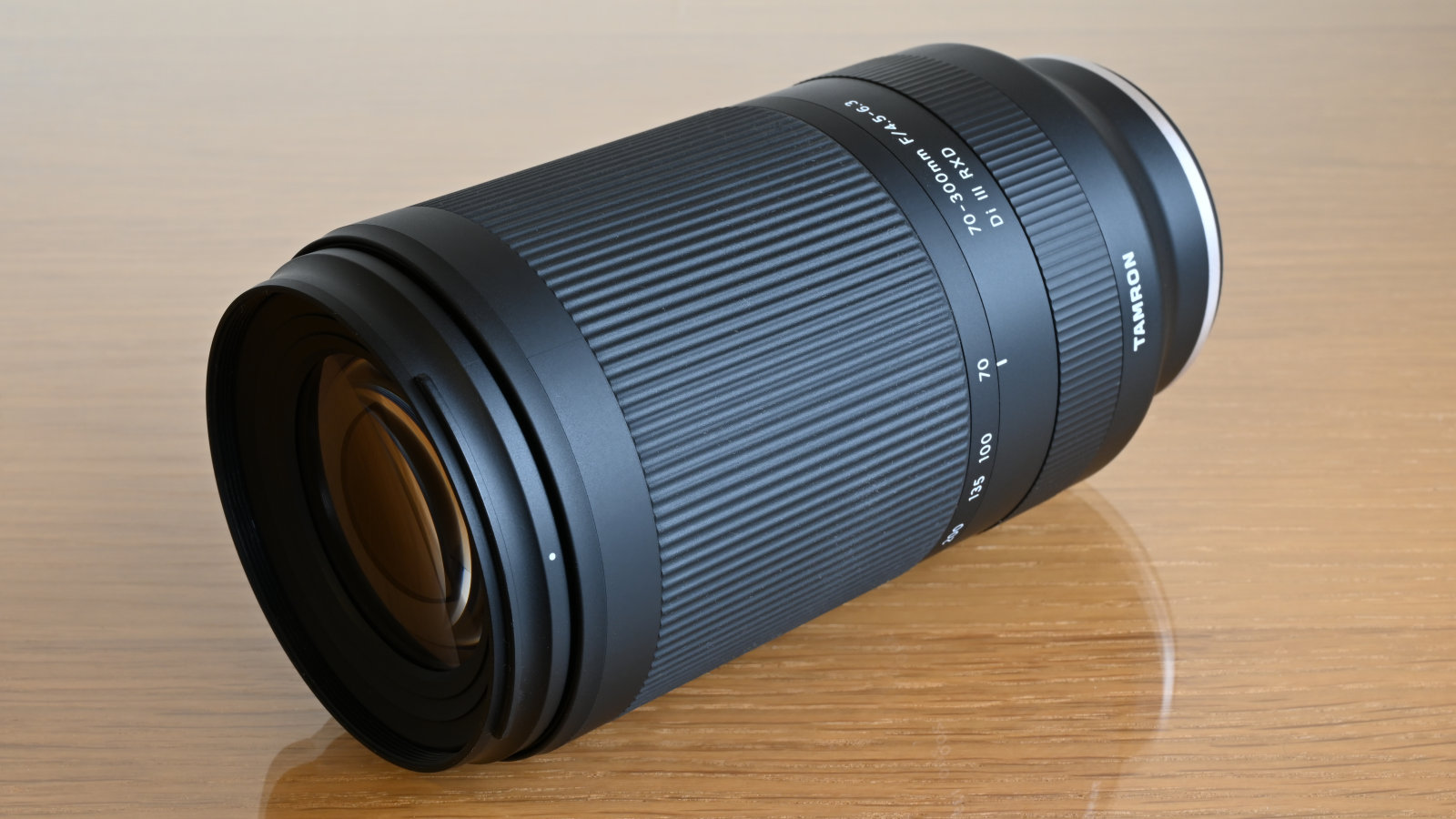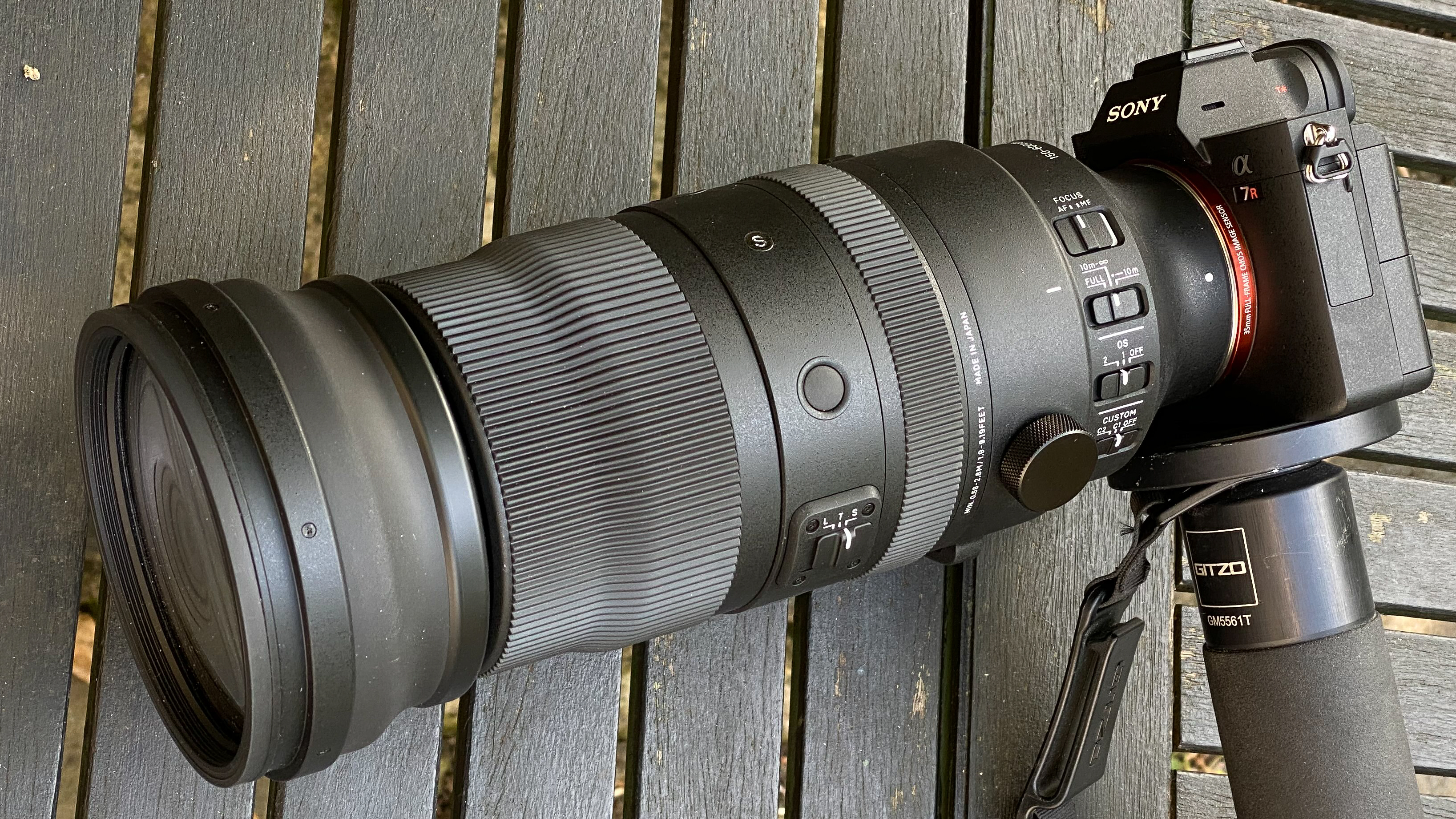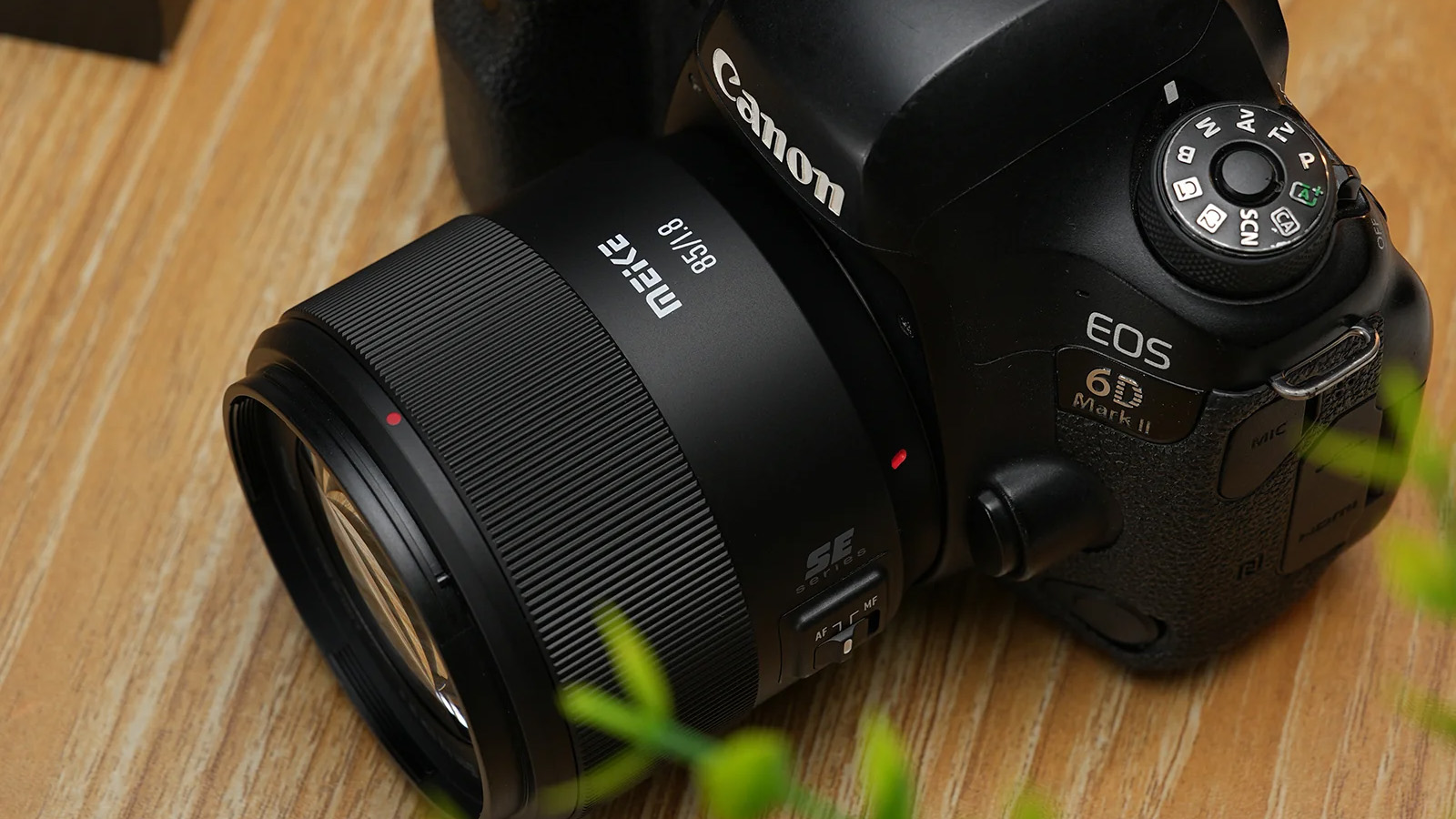The best lenses for the Sony A7 II: I'll help you make the most of this veteran camera
What are the best lenses for the Sony A7 II? I reckon they need to offer good image quality and all-round performance at a reasonable price

Old but gold, I think that the Sony A7 II had a very good (and long) run for its money and still makes a smart second-hand choice. I bought mine brand new a couple of years ago, in a sensational Black Friday deal, and haven't regretted it once. Highlights include a 24MP sensor and in-body stabilization, inherited by later models down the line. After the original Sony A7 finally went out of production, the A7 II became the cheapest full frame Sony you could buy and one of the best cheap cameras on the market.
I like Sony’s policy of keeping older cameras on sale at reduced prices alongside newer ones. Previous-generation tech doesn't matter for bargain seekers, beginners, and students wanting to get a foot in the door to Sony’s mirrorless camera ecosystem. The same applies if you just want a backup body, in case something goes wrong at the worst possible moment.
A good 24-megapixel sensor deserves lenses that are able to do it justice. At the same time, Sony A7 II buyers will be keeping an eye on the budget, so I’ve also picked out lenses that offer real value for money and are sensible purchases, given that the camera body is relatively inexpensive.

Rod is an independent photography journalist and editor, and a long-standing Digital Camera World contributor, having previously worked as DCW's Group Reviews Editor. He has used practically every interchangeable-lens camera launched in the past 20 years, from entry-level DSLRs to medium-format cameras, so he has the expertise to select the best Sony lenses for you.
The Quick List
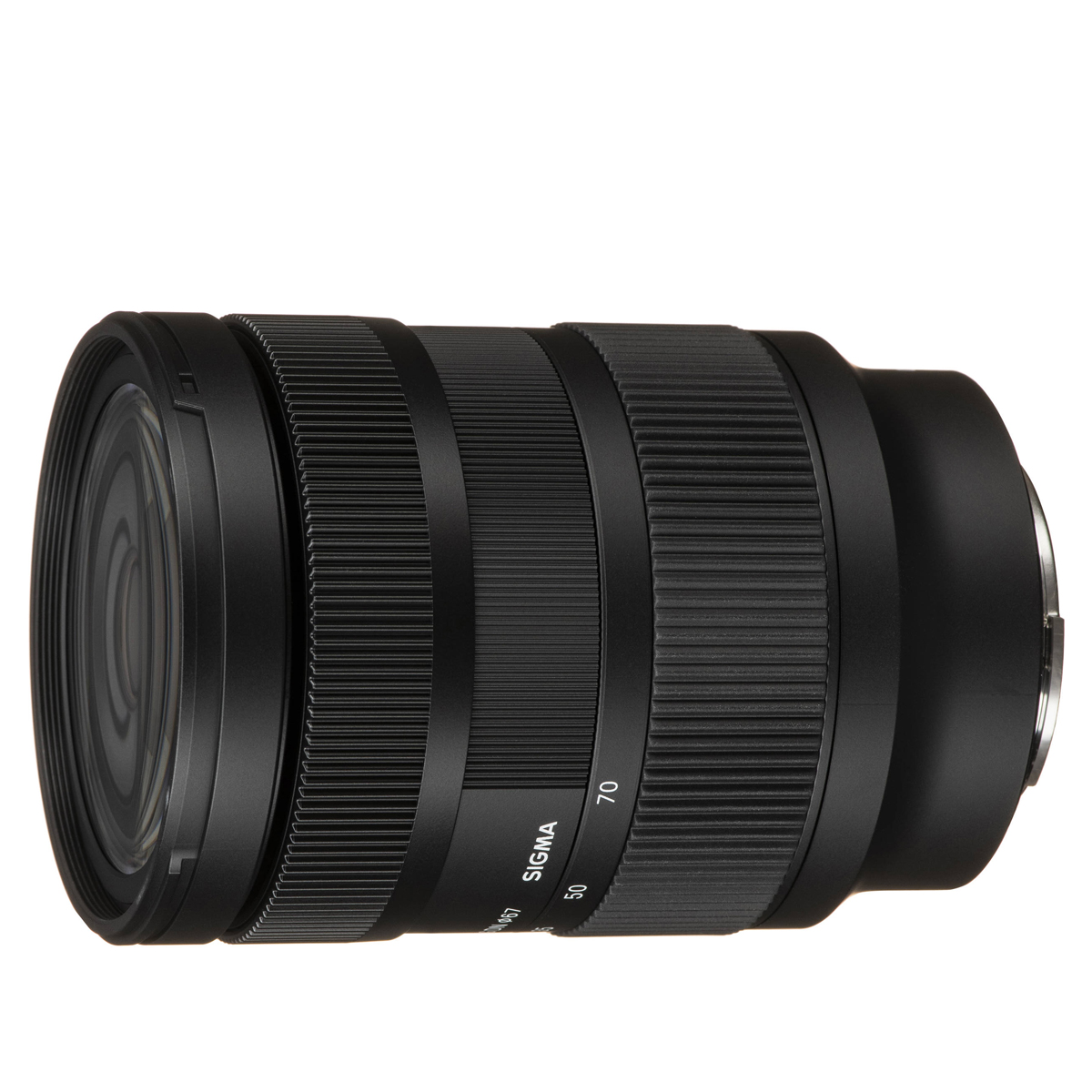
I think this is a worthy upgrade from the A7 II’s kit lens, with lovely, smooth handling and a constant f/2.8 maximum aperture. Read more below…

When luggage space is tight, this is half the size of a typical standard, but it’s still capable of delivering very good image quality. Read more below…
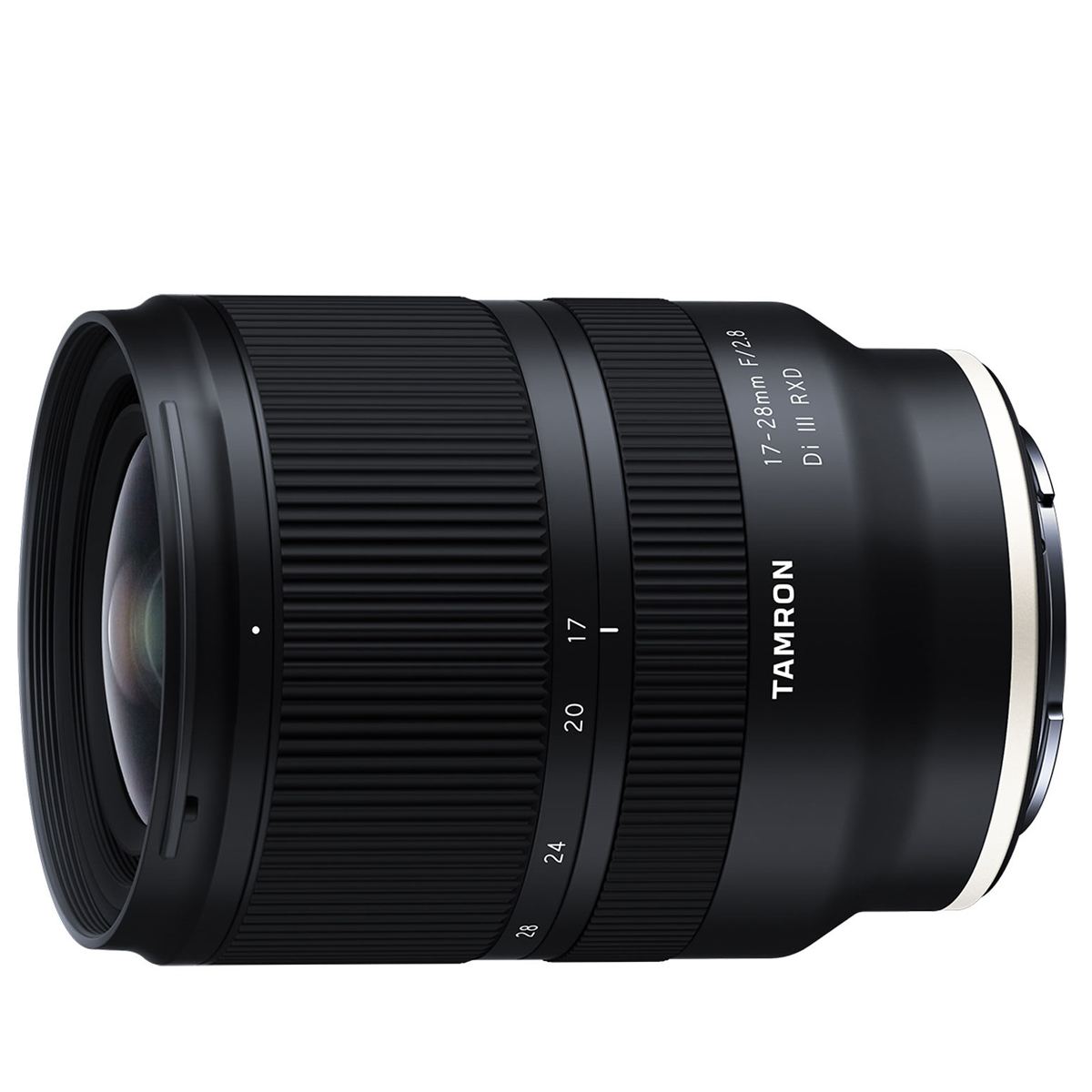
This zoom is competitively priced for a wide-angle zoom, but really delivers on performance. It’s physically a good match for the A7 II too. Read more below…
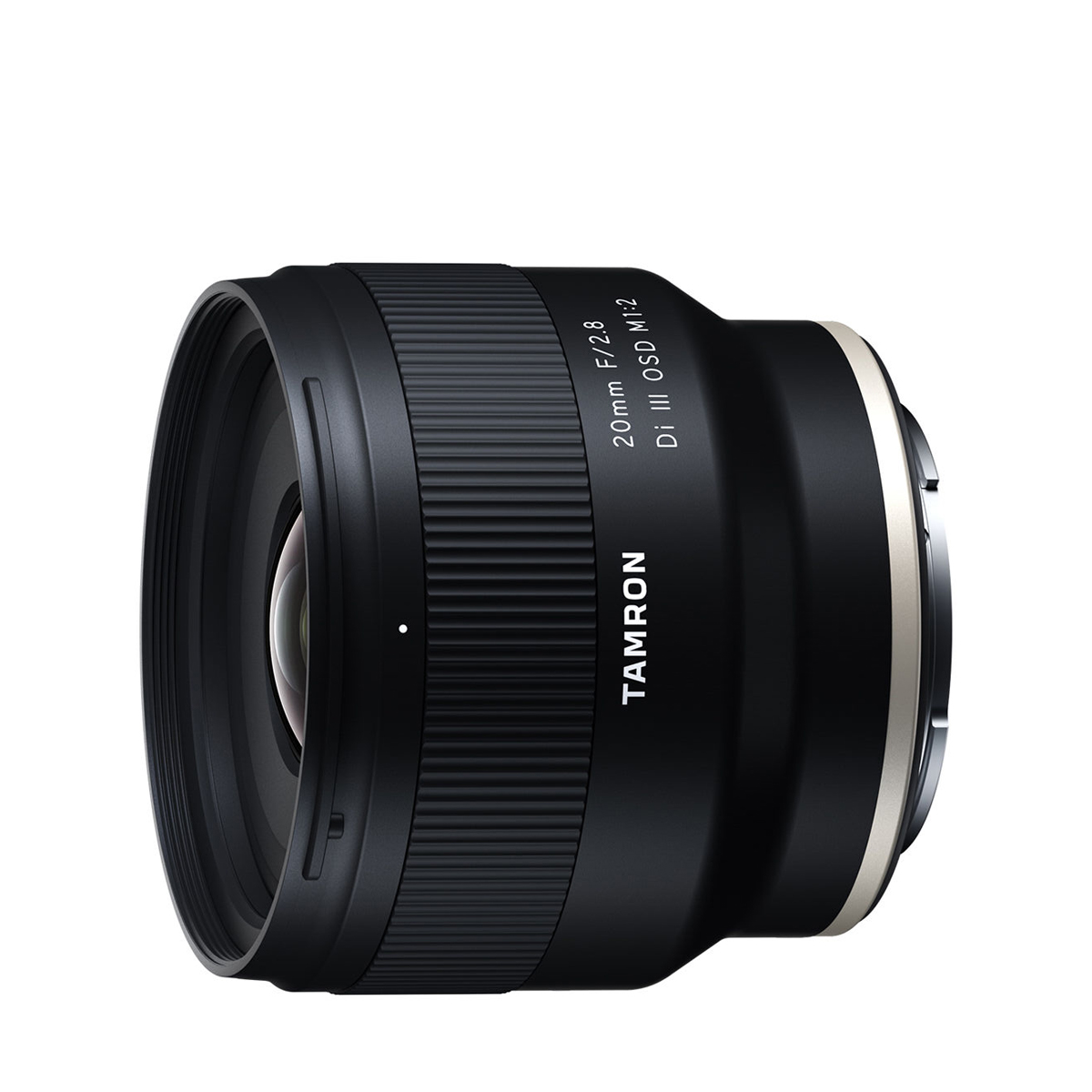
Not only does this prime lens capture exceptionally detailed ultra-wide-angle images, but it also serves as a respectable macro lens. Read more below…
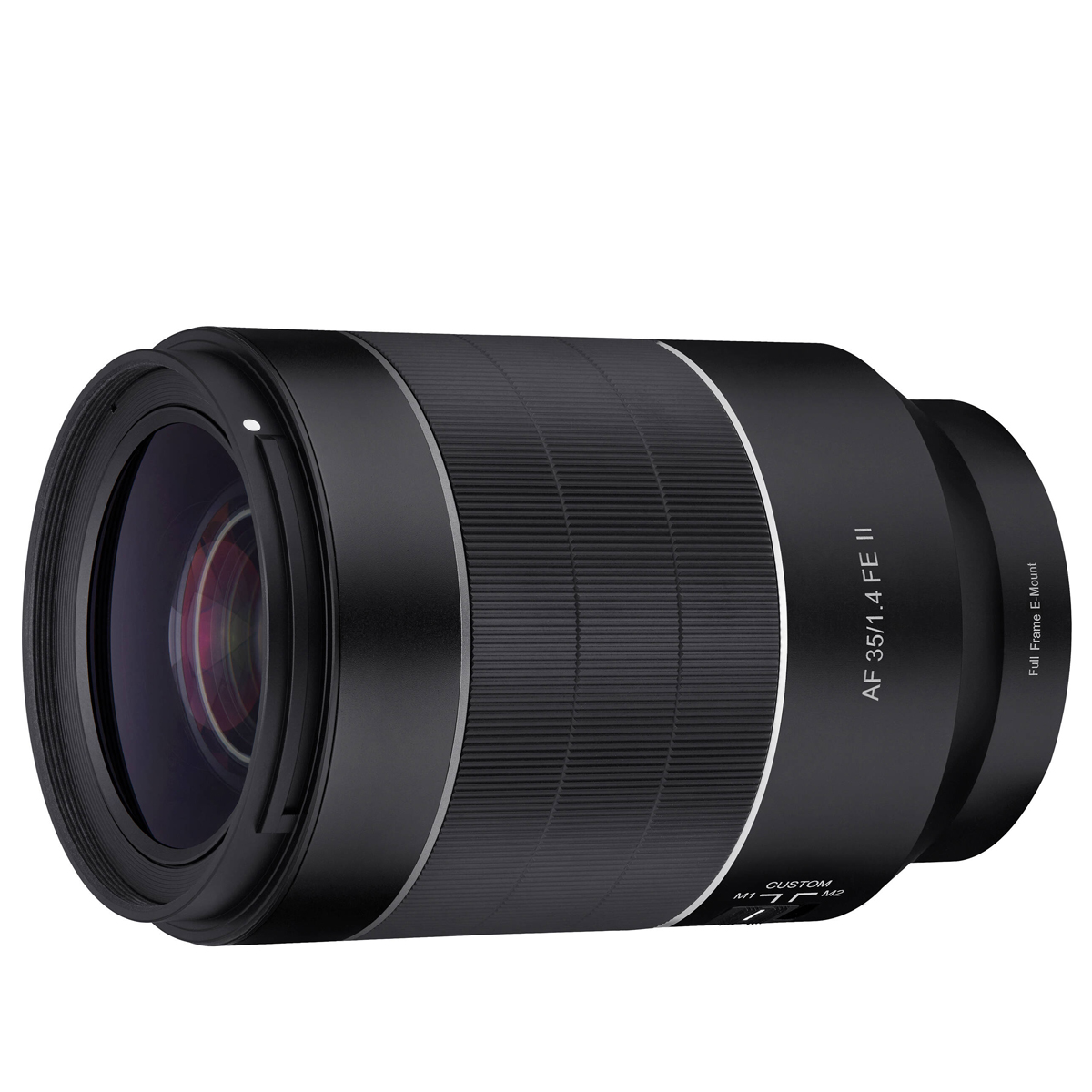
I feel that this prime offers all the essential features that street photographers love, with a bonus that’ll appeal to videographers. Read more below…
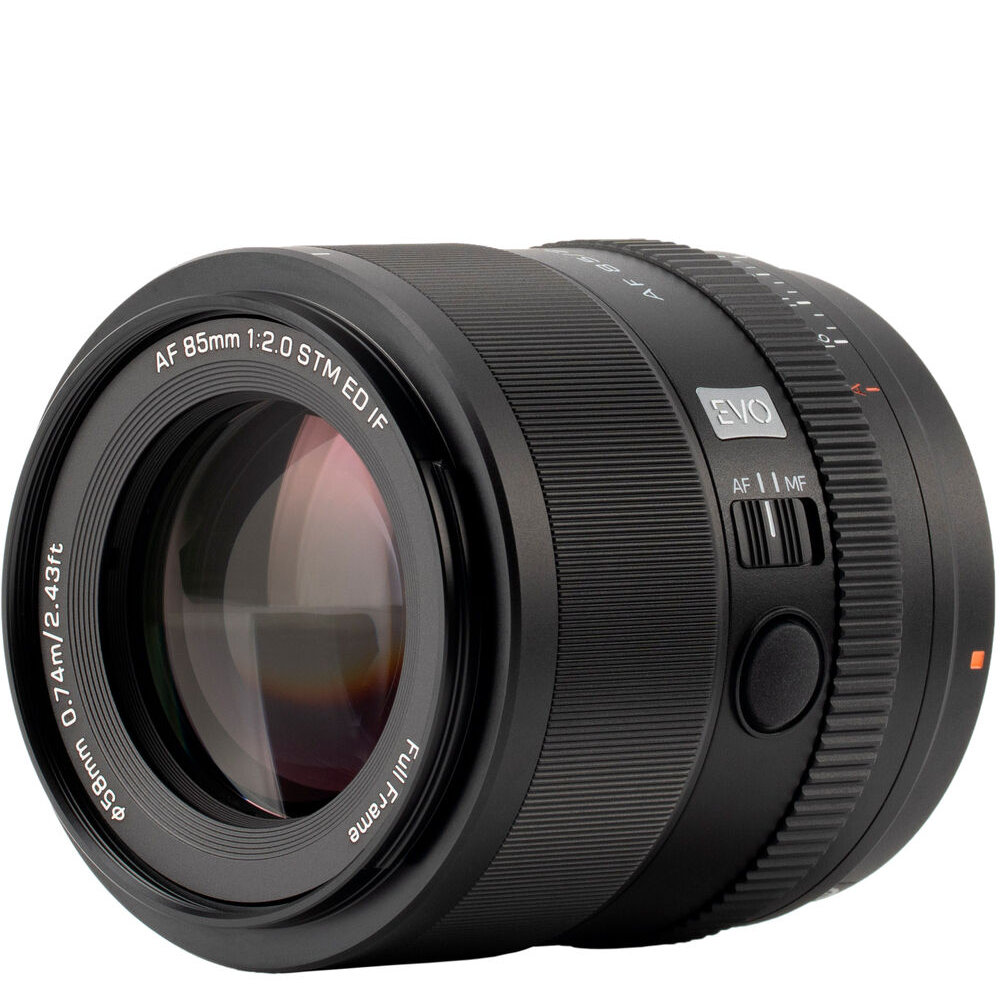
The first of a new line of Viltrox ‘Evo’ lenses, this next-generation prime packs high-end handling and impressive all-round performance into a compact, budget-friendly package. Read more below…
View the full list...
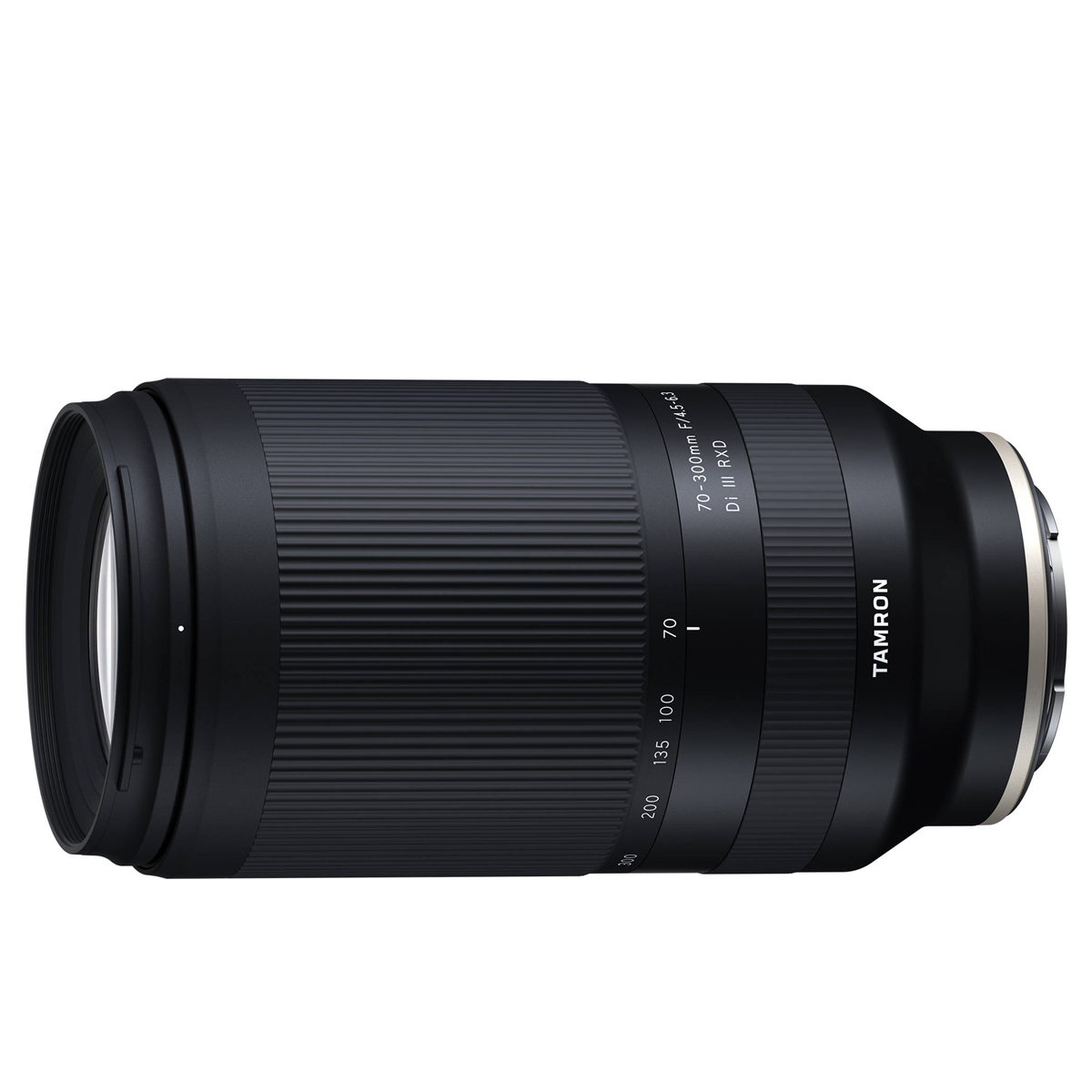
I love the classic 70-300mm zoom range and typically compact build, making this a good lens for handheld sports and wildlife photography. Read more below…
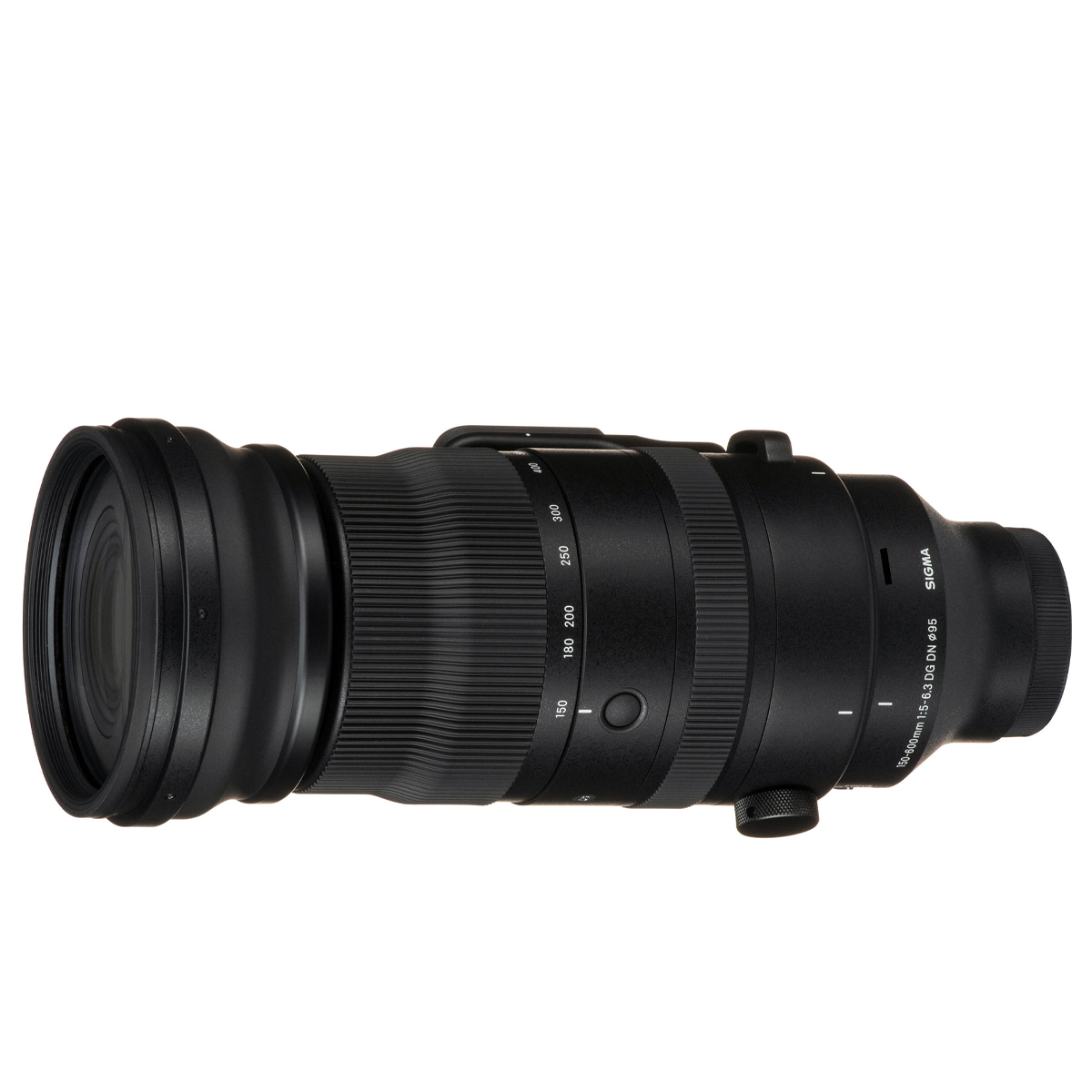
This is a terrific choice for getting really close to the action, with plenty of exotic handling extras and controls to help you get the most out of it. Read more below…
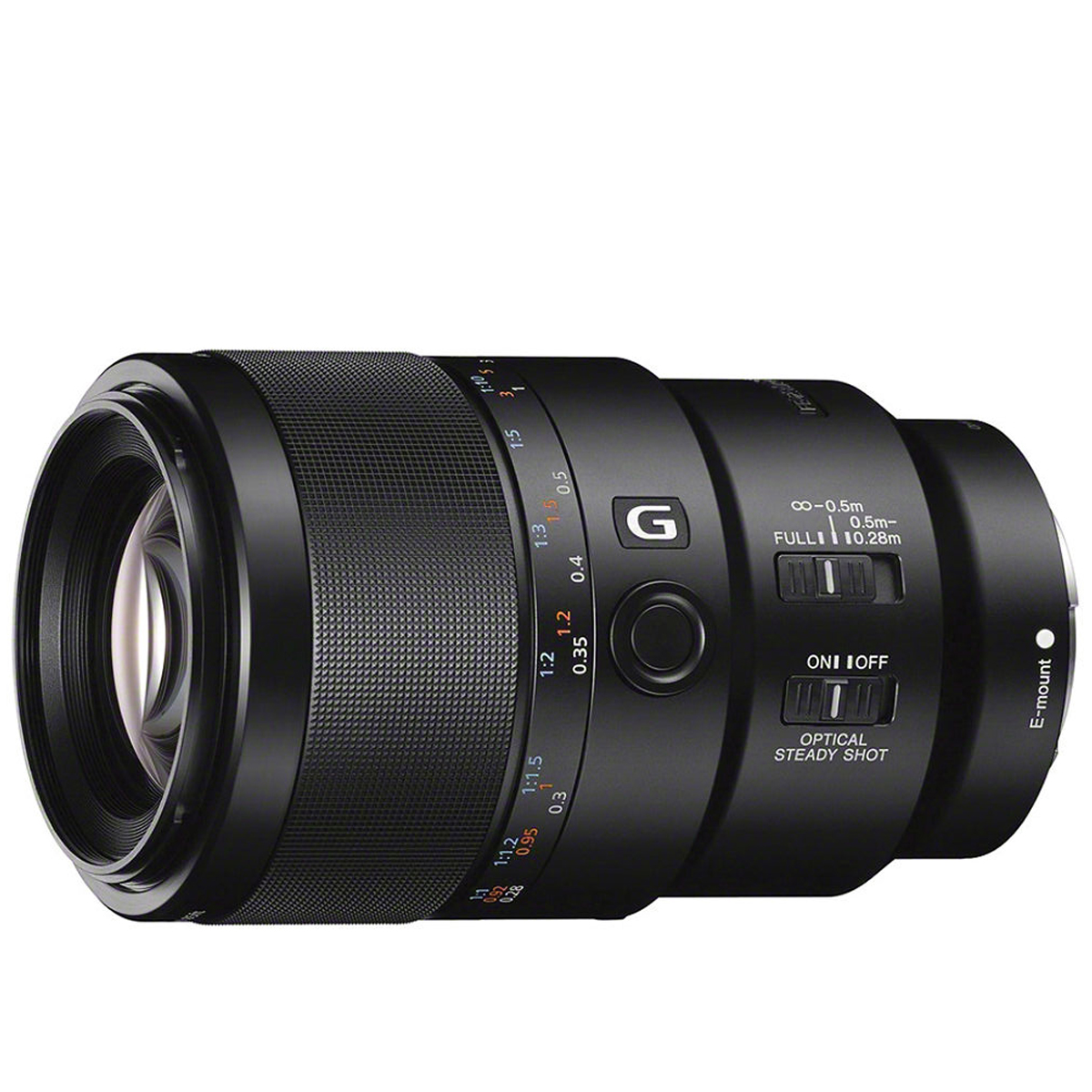
This is a smart option for extreme close-up and macro photography, with full 1.0x magnification and some intriguing focusing options. Read more below…
Best lenses for the Sony A7 II
Why you can trust Digital Camera World
Best everyday lens for the A7 II
Specifications
Reasons to buy
Reasons to avoid
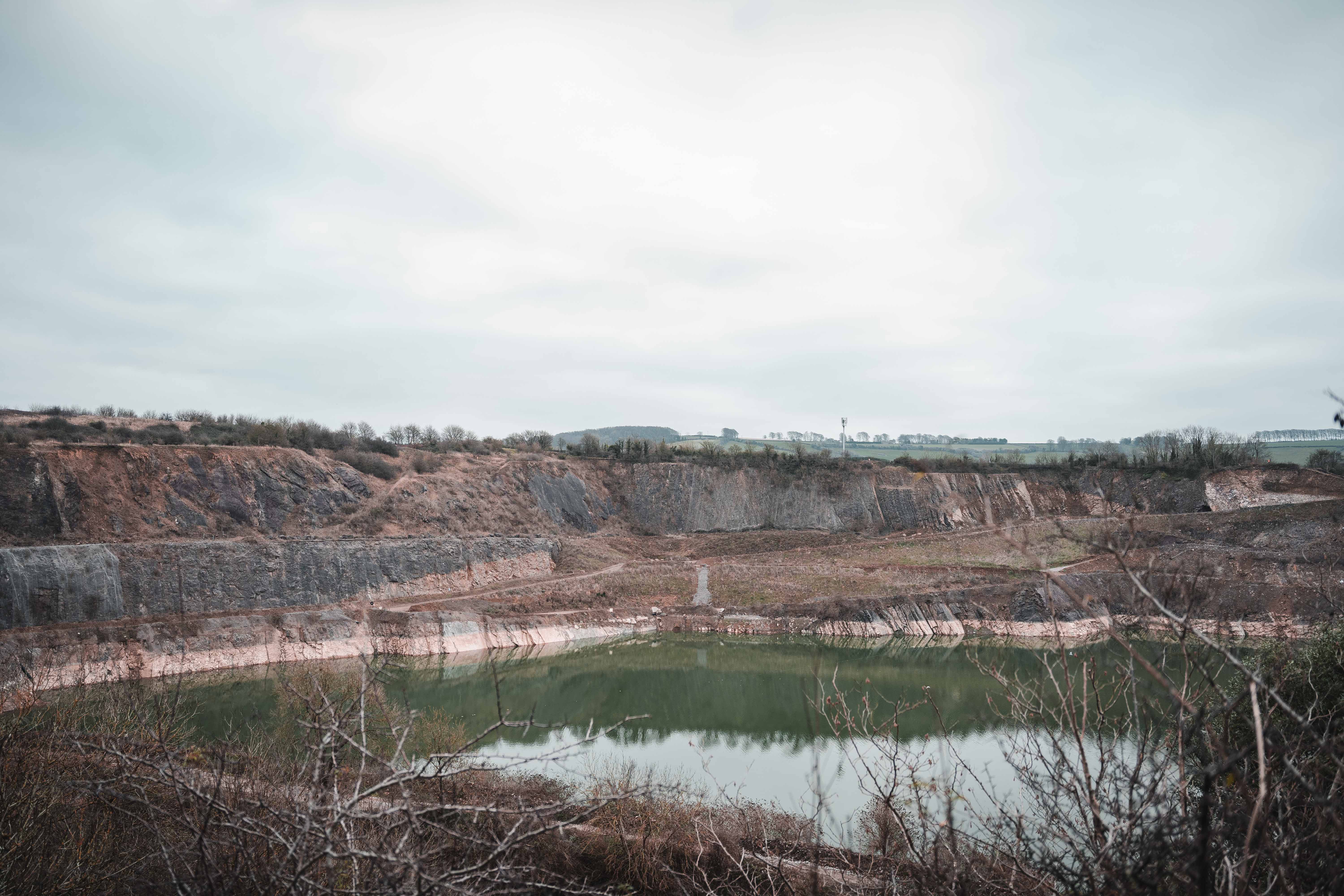


The Sigma 28-70mm f/2.8 DG DN | C offers a real step up in class from the standard Sony FE 28-70mm f/3.5-5.6 OSS kit lens by offering superior optics and a constant f/2.8 maximum aperture. As one of Sigma's 'Contemporary' lenses, it's designed to be relatively compact, lightweight and affordable. It's certainly a much more affordable option than the fully pro-grade Sony 24-70mm f/2.8 G Master lens.
The Sigma offers a slightly reduced focal range, so it doesn't go as 'wide-angle' at the short end, zooming out to 28mm instead of the more usual 24mm of 'trinity' f/2.8 standard zooms. Despite the bargain price tag, the lens has good build quality, with a zoom ring action that’s super-smooth, and the same goes for manual focusing if you feel the need. My only slight concern is that the lens isn't fully weather-sealed, so it’s not ideally suited to rainy conditions.
Read more: Sigma 28-70mm f/2.8 DG DN | C review
Features ★★★★☆ | There’s not an overabundance of features but that’s reflected in the compact and lightweight build, and the asking price. |
Design ★★★★☆ | The lens is significantly smaller and lighter than most ‘trinity’ standard zooms, but it’s nicely built. |
Performance ★★★★☆ | Corner-sharpness could be better but overall performance is pretty impressive. |
Value ★★★★★ | It’s less than half the price of some trinity standard zooms and great value for money. |
Best travel lens for the A7 II
Specifications
Reasons to buy
Reasons to avoid


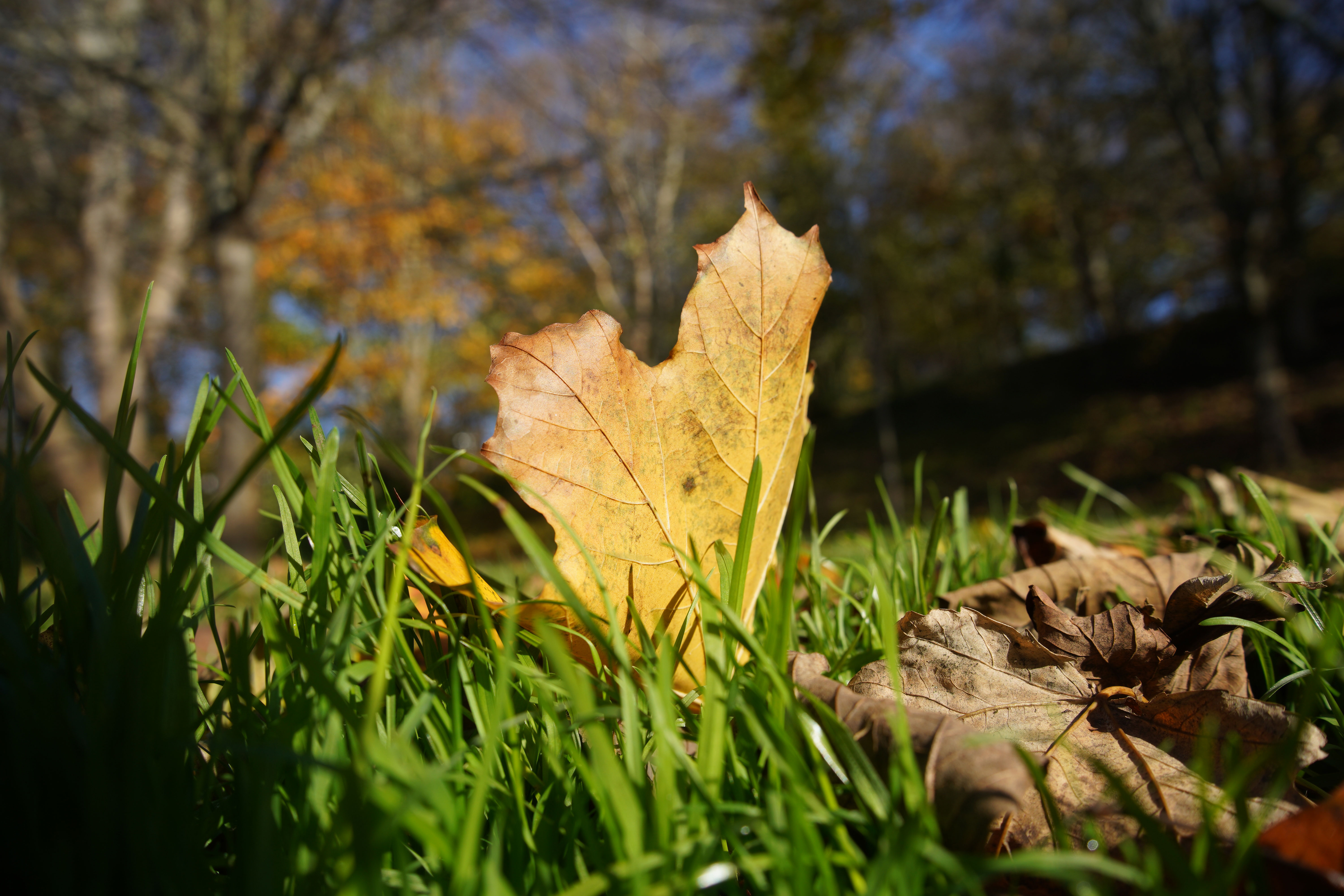
This downsized standard zoom was originally introduced with the Sony A7C, but is also available separately. If you got your Sony A7 II with the Sony FE 28-70mm f/3.5-5.6 OSS, you might be wishing you could swap it for something smaller. Or, if you bought your A7 II body only, maybe as a second-hand purchase, this could be the perfect travelling companion.
Optically, the FE 28-60mm f/4-5.6 is remarkably good, despite its diminutive design. It doesn't have image stabilization – but then the A7 II does, so that hardly matters. I feel the main disadvantage is the small 2x zoom range, which does hamper this lens's versatility to some extent. Even so, it goes wider than a 35mm lens and longer than a 50mm!
Read more: Sony FE 28-60mm f/4-5.6 review
Features ★★★★☆ | The big deal is that it’s so small, thanks to a clever retracting design, but zoom range is limited. |
Design ★★★★☆ | It’s nicely made and includes weather-resistance but the design is quite basic in terms of handling. |
Performance ★★★★☆ | Performance is good rather than entirely great, with mediocre sharpness towards the edges and corners of the frame. |
Value ★★★★☆ | It’s pretty expensive for a basic ‘kit zoom’ lens if you buy it separately. |
Best wide-angle zoom lens for the A7 II
Specifications
Reasons to buy
Reasons to avoid


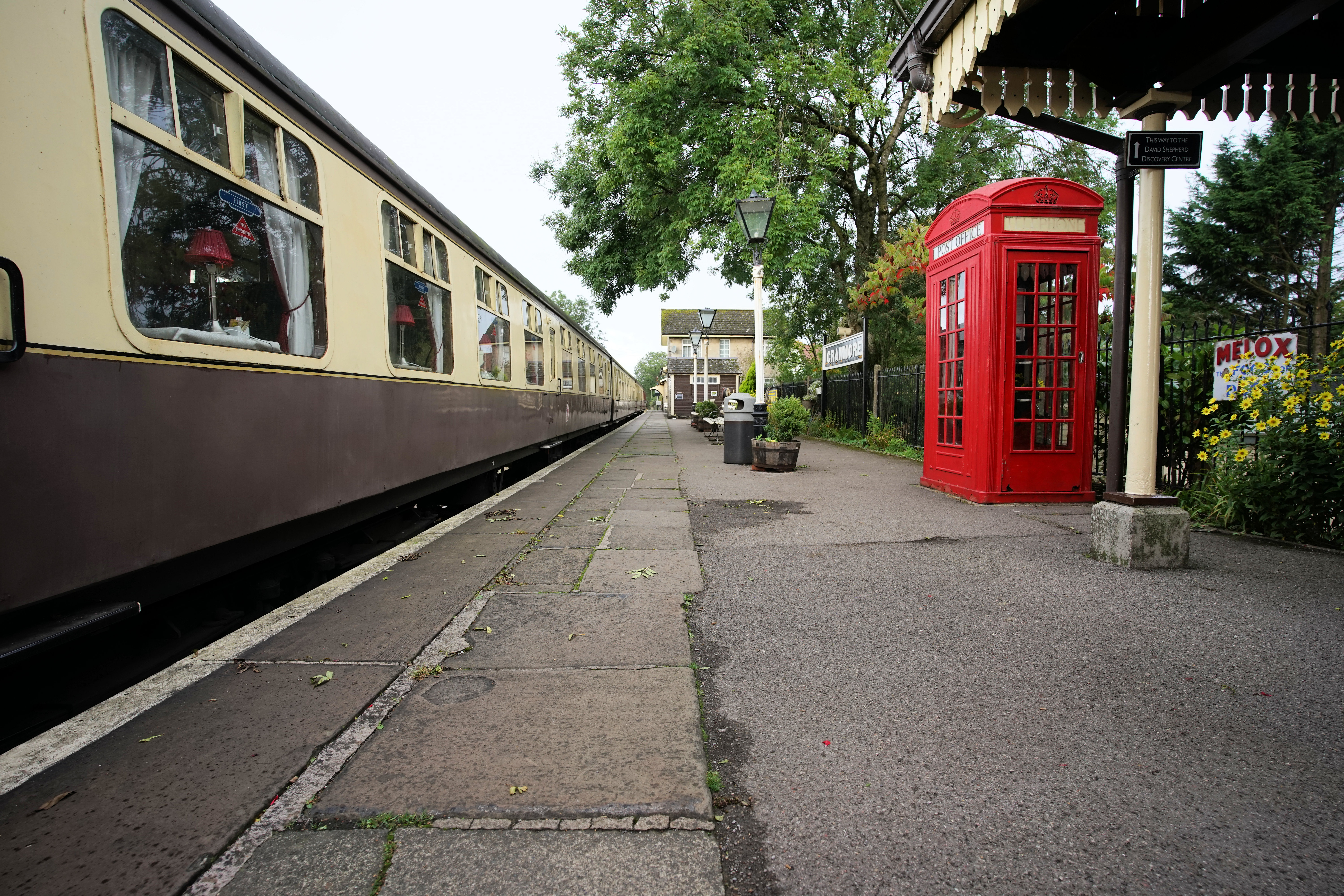
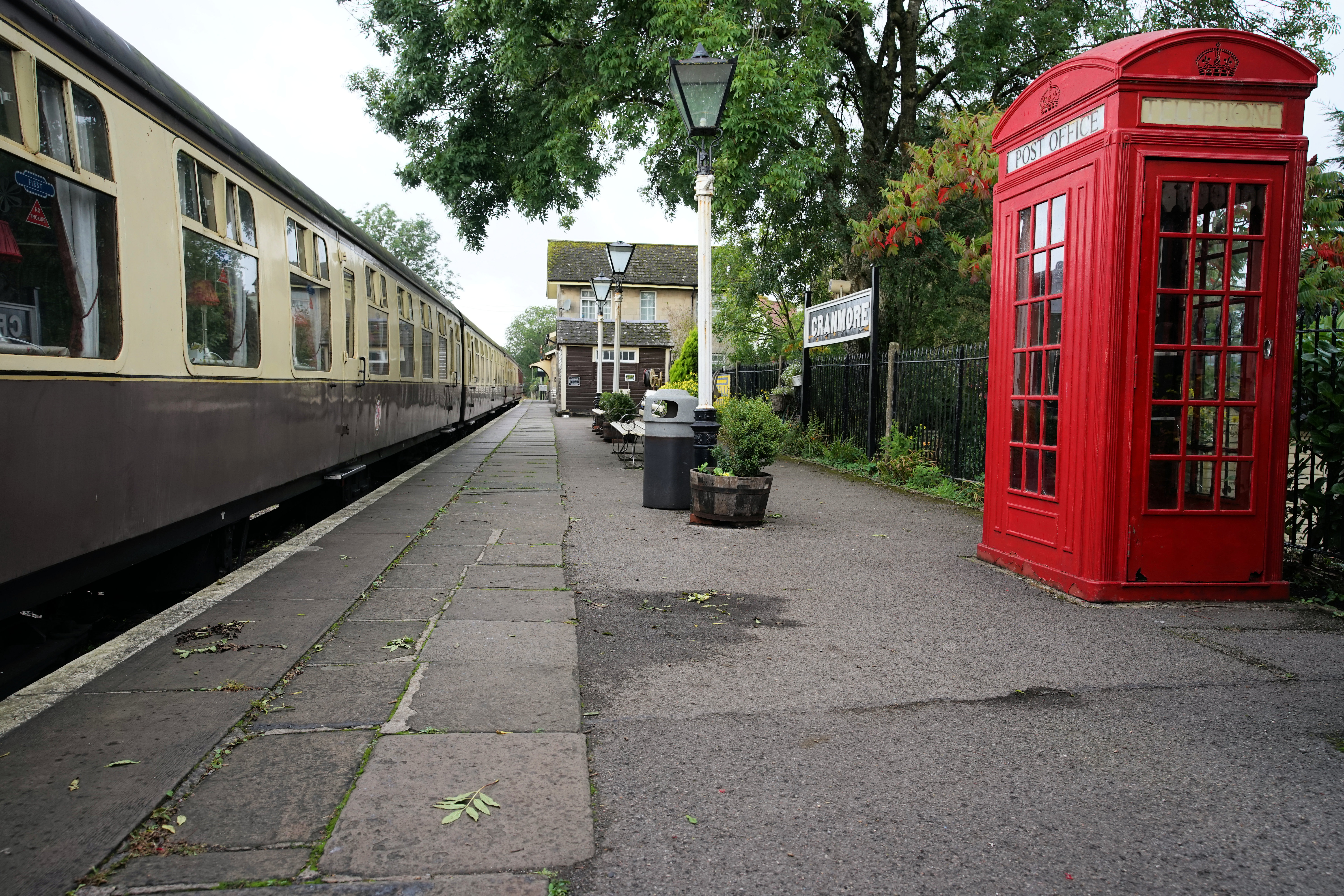
Every photographer needs an ultra-wide-angle zoom sooner or later, especially if you're into landscape or travel photography. The trouble is, these normally cost a packet, especially for full-frame cameras like the A7 II – but Tamron has come to the rescue with the Tamron 17-28mm f/2.8 Di III RXD.
It's still not cheap, exactly, but it costs way less than its Sony-branded equivalents, and it has a constant f/2.8 maximum aperture too. It’s also smaller and lighter, and nicely balanced on the A7 II. I also like it for architectural interiors and astrophotography, and the Tamron really punches above its diminutive weight in terms of image quality and all-round performance.
Read more: Tamron 17-28mm f/2.8 Di III RXD review
Features ★★★★☆ | It’s not packed with fancy features and there’s no optical stabilization but it covers all the essentials. |
Design ★★★★★ | The lens is solidly built yet amazingly compact and lightweight for a wide-angle ‘trinity’ zoom. |
Performance ★★★★★ | All aspects of image quality are highly impressive, throughout the entire zoom range. |
Value ★★★★★ | The Tamron is standout value for a wide-angle zoom with a constant f/2.8 aperture. |
Best wide-angle prime lens for the A7 II
Specifications
Reasons to buy
Reasons to avoid



The remarkable Tamron 20mm f/2.8 Di III OSD M 1:2 isn't just an ultra-wide prime lens, but also a half-life-size macro lens capable of extreme close-ups. Perhaps the most remarkable thing of all is the low, low price for such a useful lens and one with really very good optical performance. If you don't want to stretch to the Tamron 17-28mm zoom, this will give you much of the wide-angle capability at a fraction of the price.
Sure, this prime lacks the versatility of a zoom lens but I feel that the 20mm focal length gives a sizeable and very useful step up in viewing width, when used in addition to a 24-70mm standard zoom. It's very compact and lightweight as well, and I think it works well for street photography, as well as for the usual mix of landscapes, architectural interiors and even for astrophotography.
Read more: Tamron 20mm f/2.8 Di III OSD review
Features ★★★★☆ | There are no additional switches nor control rings but the 0.5x macro facility is a great feature. |
Design ★★★★★ | It’s designed to be compact, lightweight and easy to live with, but includes weather-seals. |
Performance ★★★★★ | Image quality is excellent, both as a regular ultra-wide-angle prime and as an extreme close-up lens. |
Value ★★★★★ | For a full-frame prime lens of this quality, the Tamron is excellent value for money. |
Best street photography lens for the A7 II
Specifications
Reasons to buy
Reasons to avoid

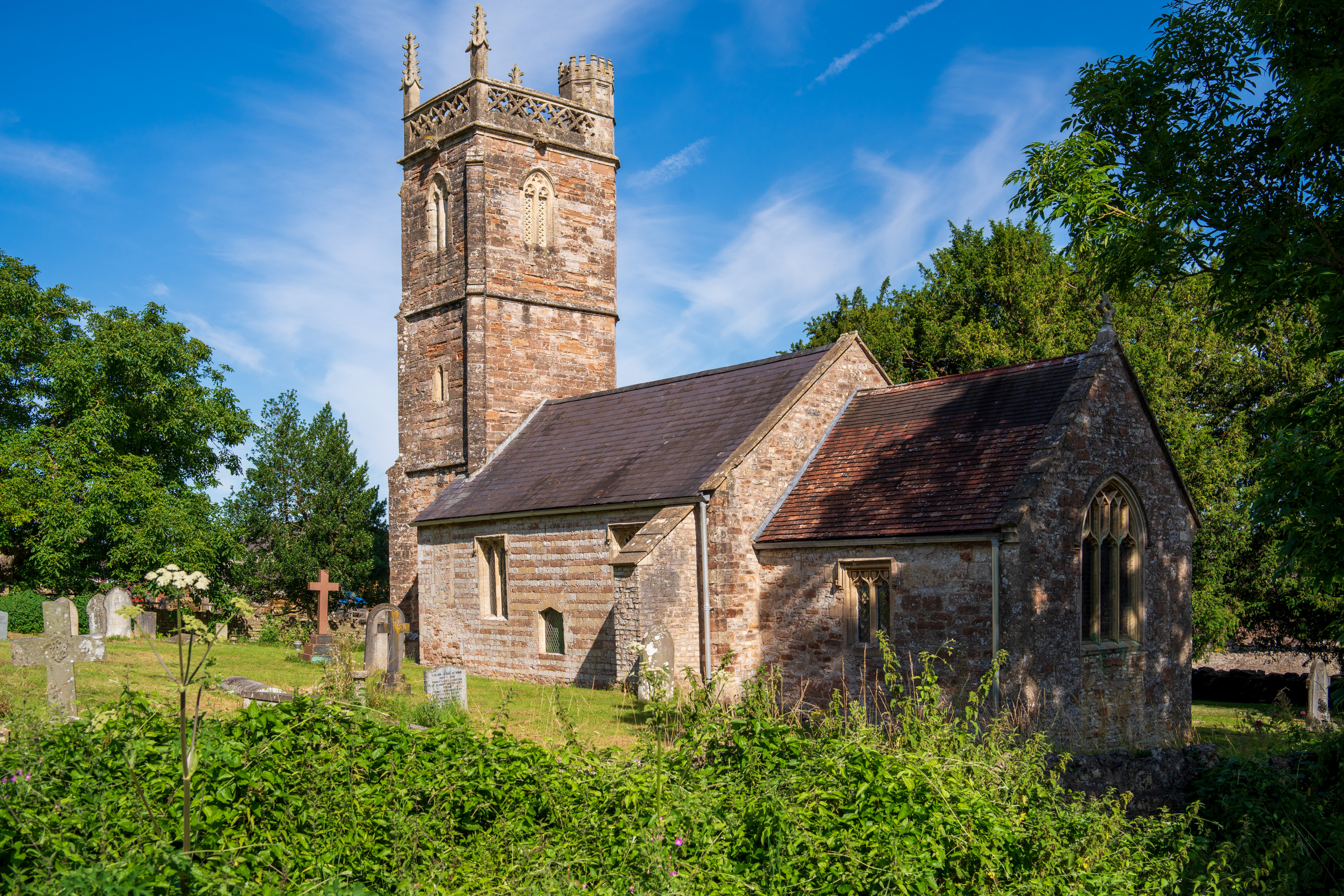

I feel that the Samyang AF 35mm f/1.4 FE II covers all the bases for keen street photographers, with a wide but natural viewing perspective and a fast aperture that helps you maintain fast shutter speeds even as the light dims.
This Mark II version adds a two-way Custom switch that enables you to use the focus control ring for either for autofocus override or de-clicked aperture control, which is something videographers really value. But the big appeal here is the knockdown price compared with the competing Sony FE 35mm f/1.4 G Master.
Read more: Samyang AF 35mm f/1.4 FE II
Features ★★★★★ | High-end features include a customizable mode switch and function button. |
Design ★★★★☆ | Sturdy build quality includes multiple weather-seals. |
Performance ★★★★☆ | It’s sharp with quick autofocus but bokeh could be a touch smoother. |
Value ★★★★★ | Typical of Samyang / Rokinon lenses, it’s great value at the price. |
Best portrait lens for the A7 II
Specifications
Reasons to buy
Reasons to avoid
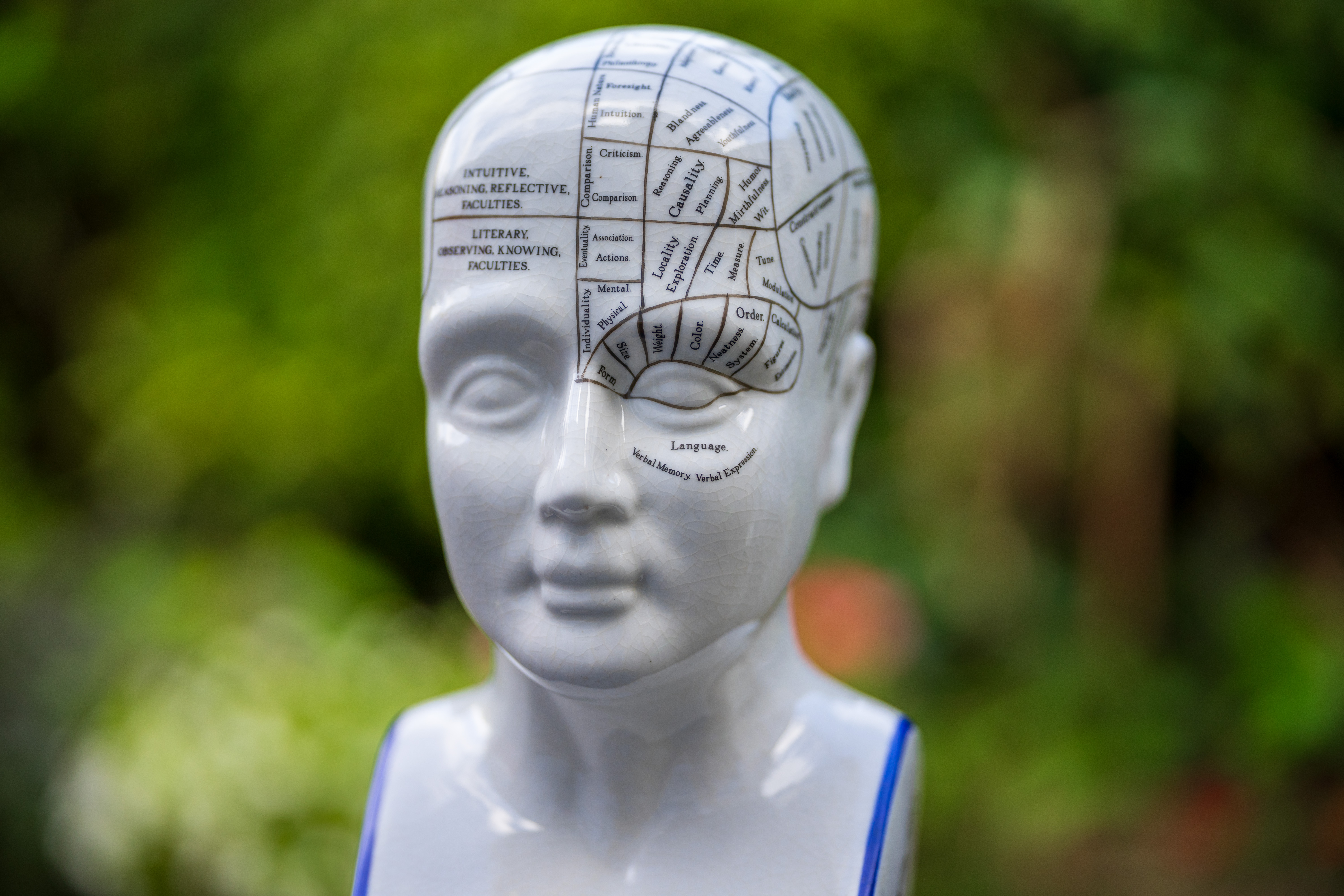


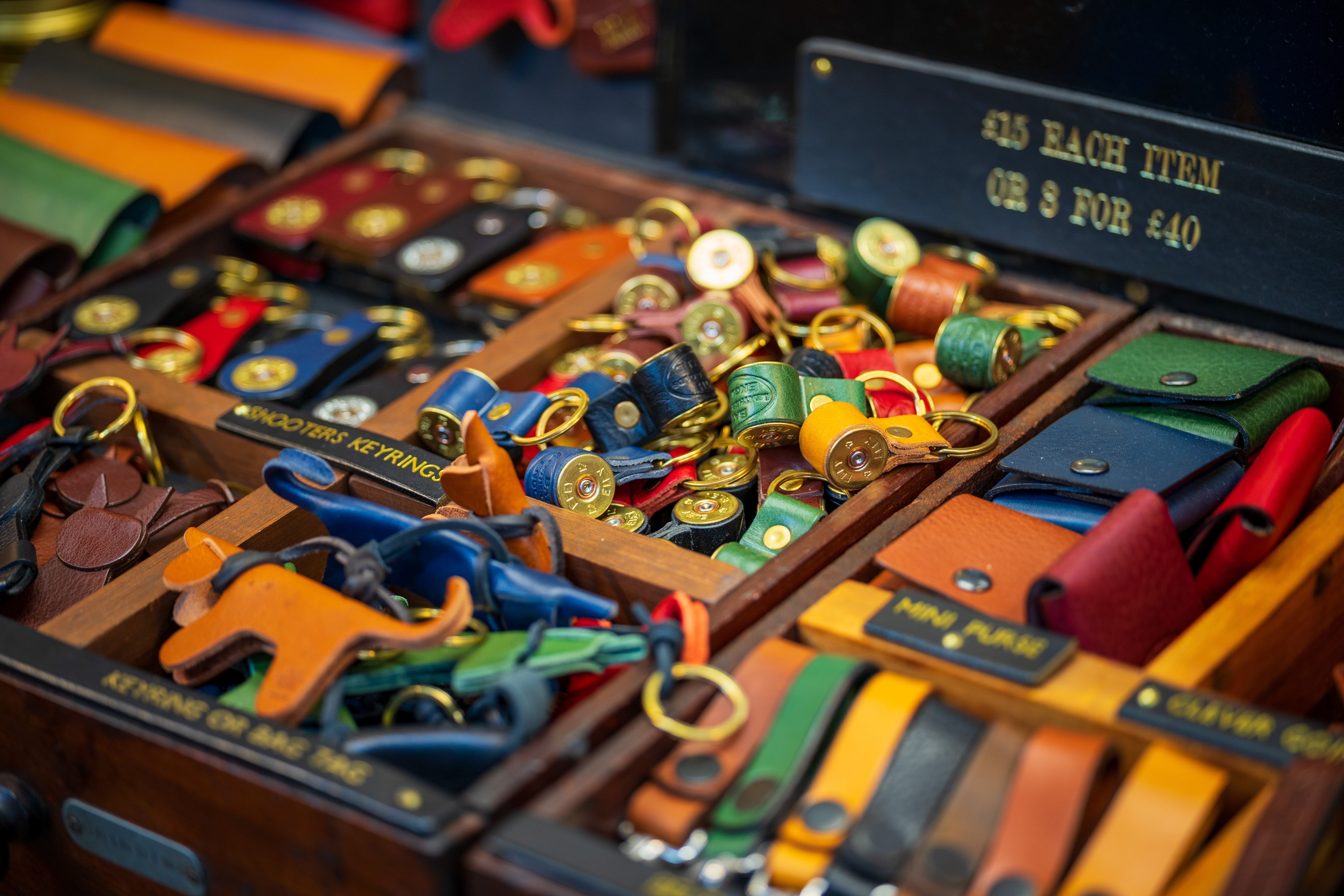
I’ve become a big fan of Viltrox lenses over the last few years and recently they’ve been going from strength to strength. That said, most recent offerings have been either from the ‘Air’ line-up and are very compact and lightweight but also fairly basic, or from the ‘Pro’ and ‘Lab’ series, which are relatively chunky but packed full of features and handling exotica.
This lens is the first in a new ‘Evo’ range, and I love it. It’s like having the best of both worlds. It’s compact, lightweight and easy to live with, yet it also boasts plenty of handling finery including an aperture control ring with a click/de-click switch, an AF/MF focus mode switch and a customizable function button.
The lens feels solid and robust, with a metal barrel and weather-sealed mounting plate, complete with a USB-C port for applying firmware updates if and when needed. Best of all, image quality is superb and, although the f/2 aperture might not seem overly fast, the lens is perfectly capable of combining excellent sharpness with soft and dreamy bokeh. It’s also incredible value for money.
Read more: Viltrox AF 85mm f/2 FE Evo review
Features ★★★★★ | Advanced features include an aperture control ring with a click/de-click switch, customizable function button and an AF/MF focus mode switch. |
Design ★★★★★ | The design is a delight. Sophisticated handling extras are shoehorned into a remarkably compact and lightweight metal build with a weather-sealed mount. |
Performance ★★★★★ | The lens can’t deliver the wafer-thin depth of field of an 85mm f/1.4 lens but still combines superb sharpness and clarity with beautiful bokeh. |
Value ★★★★★ | It’s naturally pricier than low-budget Viltrox ‘Air’ series lenses but still exceptional value considering the additional features and handling extras. |
Best telephoto lens for the A7 II
Specifications
Reasons to buy
Reasons to avoid


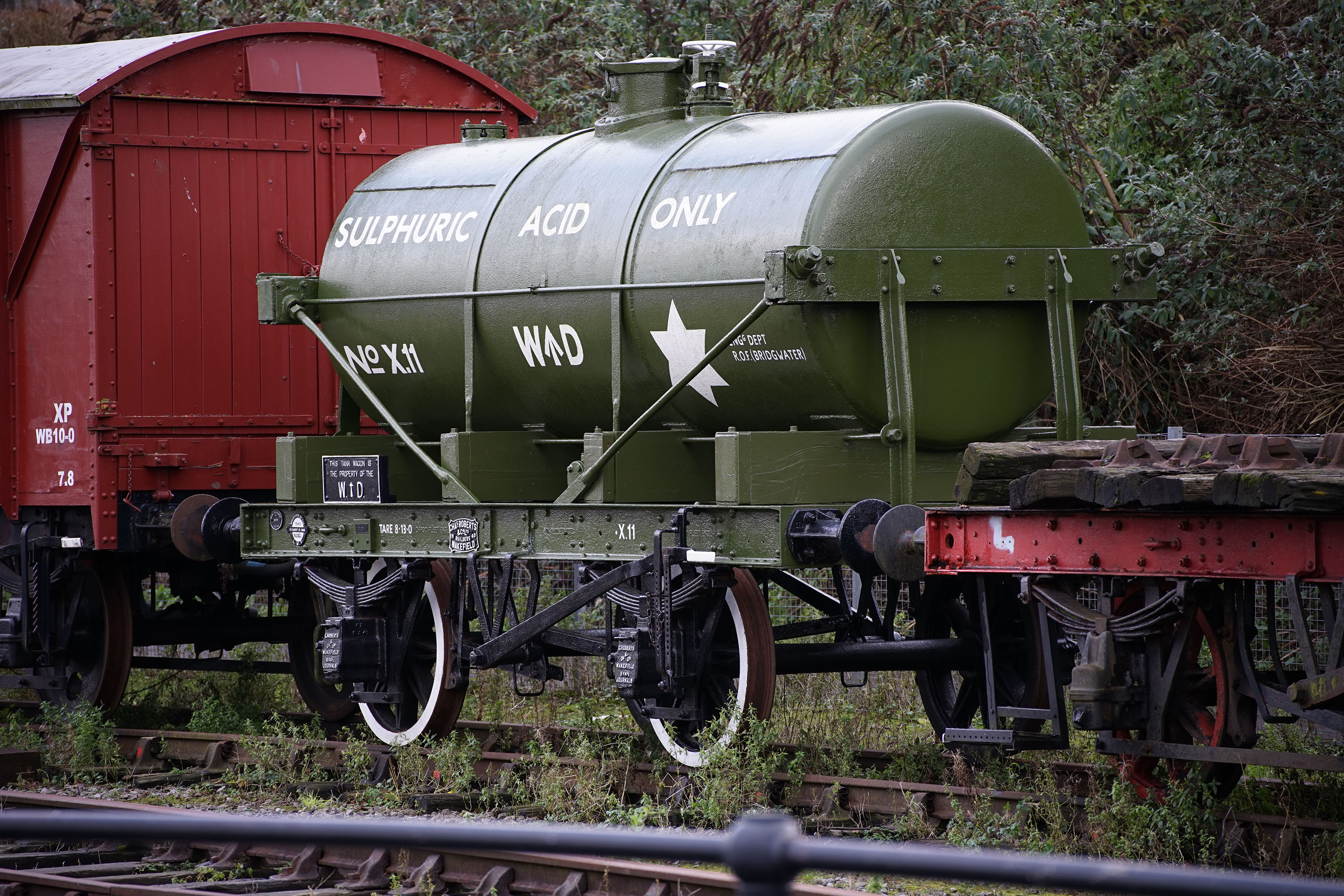
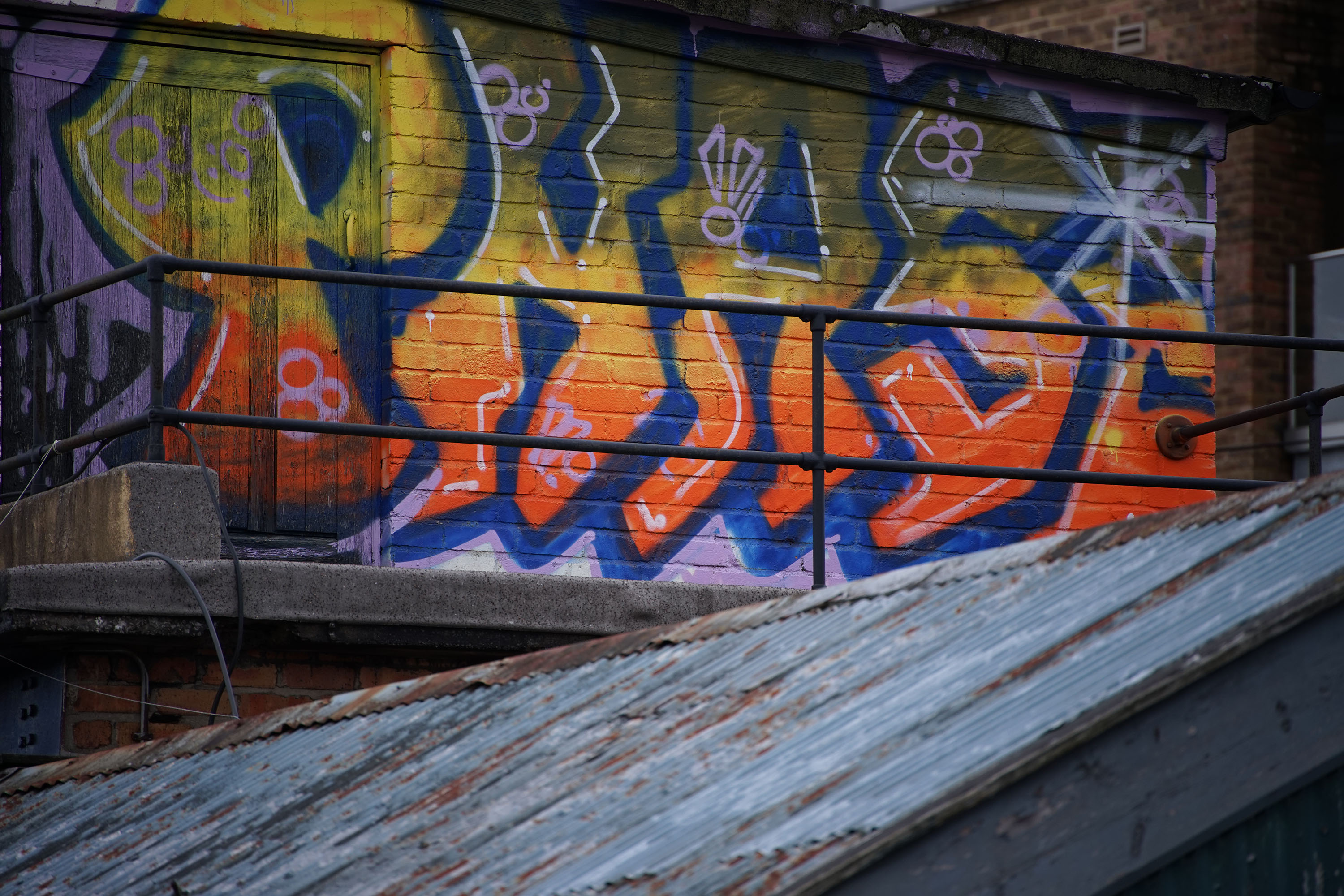
The Sony A7 II is not really designed as a sports camera, so it's unlikely to be used solely for action and wildlife photography – which means a telephoto zoom might not be high on your list of priorities. Even so, telephoto lenses can be useful in many other scenarios, even for landscape photography. The Tamron 70-300mm f/4.5-6.3 Di III RXD is ideal as cost-saving telephoto zoom, offering decent image quality at a very good price.
I like the classic 70-300mm zoom range of the Tamron, which used to be very common but much less so nowadays. An upside is that the Tamron is much more compact and lightweight than many telephoto zooms, making it a well-balanced fit for the A7 II.
Read more: Tamron 70-300mm f/4.5-6.3 Di III RXD review
Features ★★★★☆ | It has something of a classic look and feel with no switches nor buttons, and no optical stabilization. |
Design ★★★★☆ | The lens is certainly fairly compact and lightweight but feels sturdy and includes weather-seals. |
Performance ★★★★☆ | Image quality is a little soft around the edges but nice and sharp in the central region of the frame. |
Value ★★★★☆ | It’s designed and built to be a budget-friendly lens and is priced accordingly. |
Best super-telephoto lens for the A7 II
Specifications
Reasons to buy
Reasons to avoid

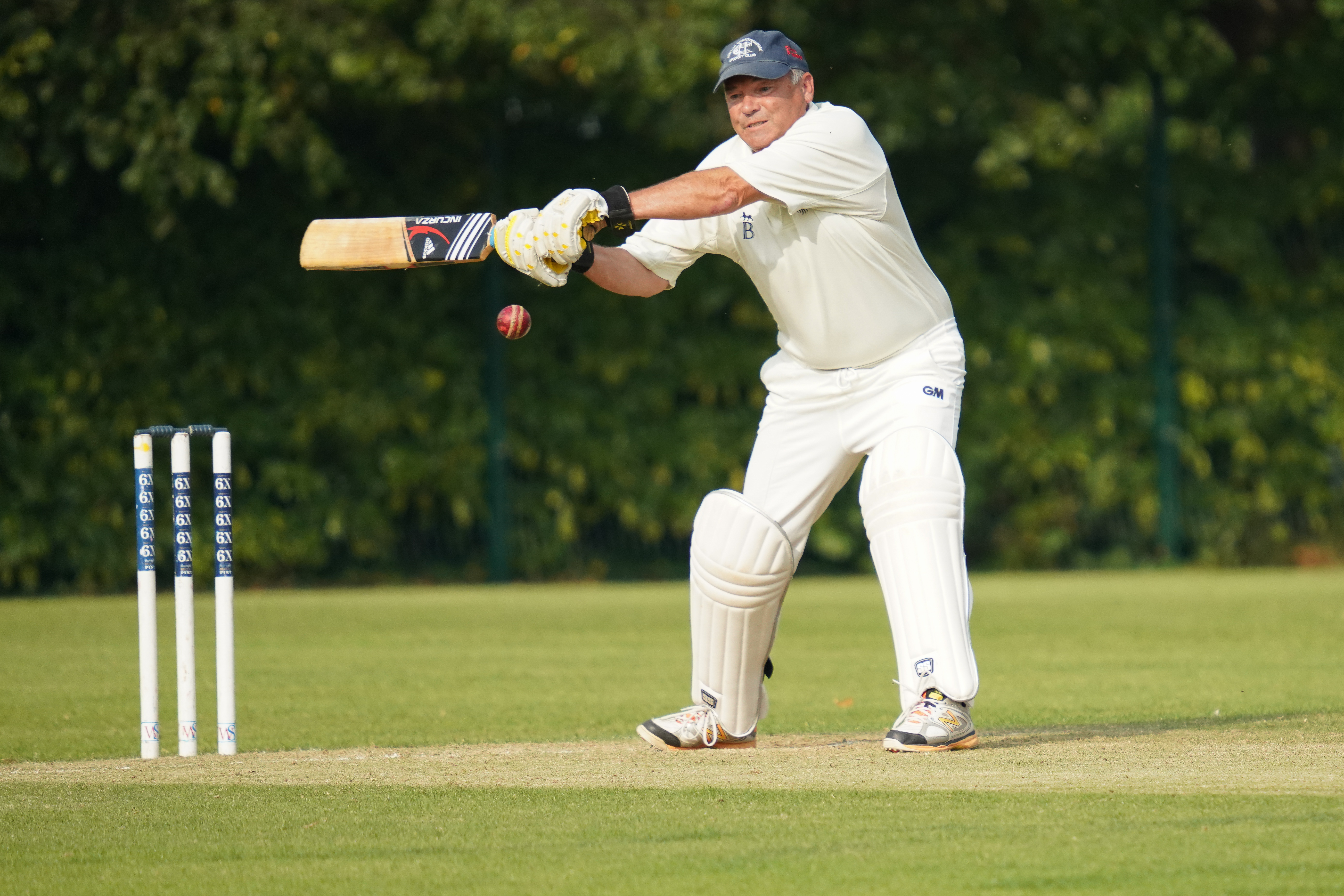


A retooling of the already excellent DSLR lens, the Sigma 150-600mm f/5-6.3 DG DN OS Sports is a great lens for bird photography, airshows and all manner of different action, sports and wildlife scenarios. The autofocus system is excellent and the oprical stabilization works really well. Typically in-body camera-based stabilization is less effective with long telephoto lenses.
Build quality is impressive, with extensive weather-seals. I'm not going to pretend this is a lightweight lens but it weighs less than the previous DSLR version and handles well. There are tactile zoom and focus rings and a series of on-body controls for functions like AF speed, stabilization intensity, and in a new feature for the mirrorless version, Zoom Torque control to adjust the resistance of the zoom ring.
Read more: Sigma 150-600mm f/5-6.3 DG DN OS Sports review
Features ★★★★★ | The lens inherits the high-end features and handling of the older version for DSLRs, in a smaller, lighter package. |
Design ★★★★★ | The design is very refined, while build quality is excellent and includes extensive weather-seals. |
Performance ★★★★★ | Excellent inherent sharpness is further boosted in real terms by highly effective optical stabilization. |
Value ★★★★★ | It’s a pro-grade super-telephoto zoom with a ‘consumer’ price tag, making it standout value. |
Best macro lens for the A7 II
Specifications
Reasons to buy
Reasons to avoid
The Sony FE 90mm f/2.8 Macro G OSS lens provides full 1.0x or 1:1 magnification, so small objects are reproduced on the A7 II’s image sensor at life size. When you’re getting in that close, accurate focusing is essential, and I often prefer to use manual focusing for macro photography. The lens features a push-pull mechanism in the focus ring for toggling between manual and auto modes, and there's also a focus hold button plus an autofocus range limiter.
I find that the 90mm focal length tends to give an ideal working distance for macro photography, but it's also perfect for head-and-shoulders portraiture as well, where the f/2.8 aperture is sufficient for a fairly tight depth of field, helping to isolate the subject by blurring the background.
Read more: Sony FE 90mm f/2.8 Macro G OSS review
Features ★★★★★ | Smart features include a function button, autofocus range limiter switch and optical stabilization. |
Design ★★★★☆ | The focus distance scale is an upside but the push/pull auto/manual focus ring feels a bit antiquated |
Performance ★★★★☆ | Image quality is excellent but the effectiveness of stabilization is limited for extreme close-up shooting. |
Value ★★★★☆ | It’s not overly expensive for a top-flight macro lens but also not the greatest value for money. |
Lab data and comparisons
The graphs below show the comparative performance of the lenses in this guide, based on our in-house lab tests. Just for a change, you’ll see that top scores for sharpness go to the cut-price brand of Samyang. Without any swing of barrel to pincushion through its zoom range, the Tamron wide-angle prime shows the worst distortion figure but, as with many recent lenses for mirrorless cameras, it relies on automatic in-camera correction. Color fringing is generally quite minimal.
Scores for sharpness and color fringing are averaged from data taken across the entire image frame, from the center to the edges and corners, throughout the aperture range. For zoom lenses, the scores are also averaged from data measured at all marked focal lengths, and the same applies to distortion. Bear in mind that these average values don't fully reflect specific areas of performance. For example, a zoom lens might have noticeable barrel and pincushion distortion at its shortest and longest focal lengths respectively, which tends to average out when looking at the data overall. For more detailed graphs of each lens's performance, which give the full picture, check out the graphs in our full standalone lens reviews.
How to choose the best lens for the Sony A7 II
The A7 II, like all Alpha 7 cameras, uses the Sony E lens mount. Sony’s own E-mount lenses have either FE (full-frame) or E (APS-C format) in their model names: all work on the A7 II. FE lenses are designed for use with full-frame Sony cameras, including the A7 II, so these should be your first choice. If you are buying a third-party E-mount lens, check that the lens is designed for use with full-frame Sonys.
Sony lenses with an E (rather than FE) prefix are designed for APS-C format cameras such as the A6000 series. On the A7 II, they produce a cropped image, so they’re not an ideal choice.
Check out our guide to the best Sony lenses if you want to know more
How we test lenses
The lens experts in our testing lab run a range of tests under controlled conditions, using the Imatest Master testing suite. Photos of test charts are taken across the range of apertures and zooms (where available), then analyzed for sharpness, distortion and chromatic aberrations.
We use Imatest SFR (spatial frequency response) charts and analysis software to plot lens resolution at the centre of the image frame, corners and mid-point distances, across the range of aperture settings and, with zoom lenses, at four different focal lengths.
There's more to it than just the technical side, though! Beyond the lab, our reviewers test lenses in real-world environments – and sometimes on professional shoots! We work with lenses both indoors and outdoors, in studio conditions and in natural light, with as many different subjects as is possible (or appropriate – there's no point testing a landscape lens' ability to shoot a portrait!).
We take into account everything from handling and ease of use to speed of autofocus and the overall quality of the images produced.
Find out more about how we test and review on Digital Camera World
The best camera deals, reviews, product advice, and unmissable photography news, direct to your inbox!

Rod is an independent photography journalist and editor, and a long-standing Digital Camera World contributor, having previously worked as DCW's Group Reviews editor. Before that he has been technique editor on N-Photo, Head of Testing for the photography division and Camera Channel editor on TechRadar, as well as contributing to many other publications. He has been writing about photography technique, photo editing and digital cameras since they first appeared, and before that began his career writing about film photography. He has used and reviewed practically every interchangeable lens camera launched in the past 20 years, from entry-level DSLRs to medium format cameras, together with lenses, tripods, gimbals, light meters, camera bags and more. Rod has his own camera gear blog at fotovolo.com but also writes about photo-editing applications and techniques at lifeafterphotoshop.com
